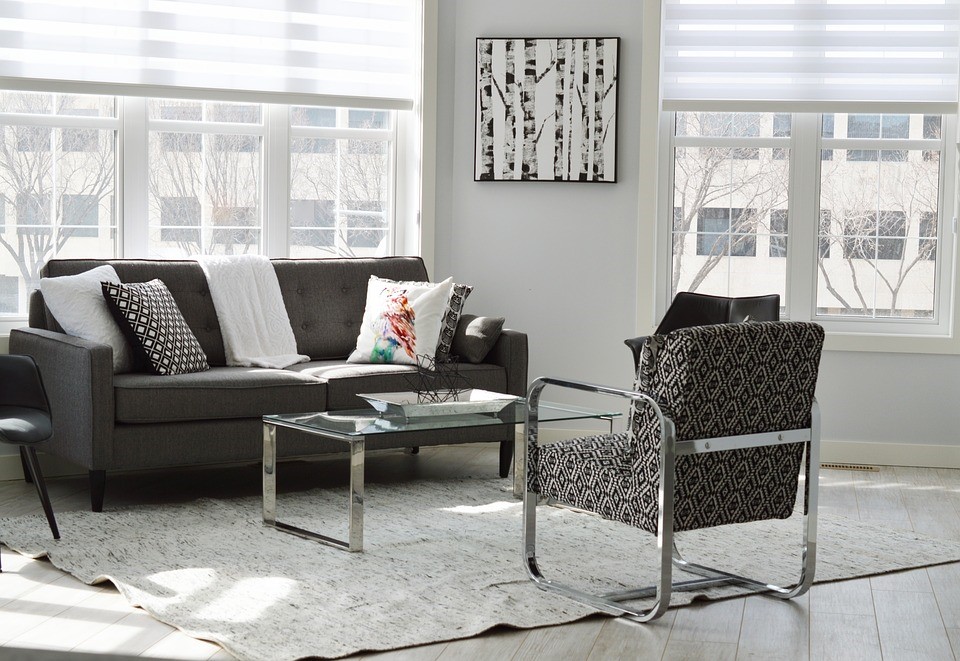You can find plenty of advice on how much you should spend on a home, but there’s far less advice out there for what you should pay when renting an apartment. Yet renters can run into the same problems caused by spending too much on rent relative to other living expenses. So, how much can you afford to pay on rent for your apartment?

The One Third Rule
About one in five households spend more than half of their income on housing, but that doesn’t mean it is a good situation to be in. For example, First Apartment Guide says you could dedicate up to 45% of your income to both rent and utilities. In the past, experts used to say not to spend more than 30% of your income on rent.
A simple rule you could use is the one third rule, where no more than a third of your pre-tax income goes toward your rent. The one third rule gives you more financial margin than financial calculators that let you spend up to 40% of your gross income on housing. However, if you can find an apartment at the low end, where you’re only spending 20% of your income on housing, you should certainly consider it.
Under the one third rule, if you make $3000 a month, your rent shouldn’t exceed $1000 a month.
The 40 Times the Rent Rule
This 40 times the rent rule, or 40x, applies to many renters because so many landlords use it. It simply states that your annual income must be forty times the monthly rent, though they’ll certainly approve you if your income is much higher. Take your annual pre-tax income and divide it by forty. If you earn forty thousand a year, they’ll consider you for a thousand dollar a month apartment.
The 50/30/20 Rule
When budgeting for an apartment, you have to balance regular bills like rent and utilities to day to day expenses you have some control over against saving for the future and paying down debt. The 50/20/30 rule says you should only spend half of your income on fixed bills for necessities. This includes the rent, utilities, your car payment, your train pass and other required monthly bills.
Another 30% is allocated to day to day expenses, including items you can cut back on when necessary. This gives you 30% of your budget for food, eating out, entertainment, clothes and other variable expenses. The last 20% is allocated to savings and paying down debt. The upside of this rule is that you are able to live on much less than you make by design. If your hours at work were cut, you could stop saving toward retirement and cut back on eating out and still be able to pay the rent.
While there is a sizable minority spending up to half of their income on housing, renters and landlords alike use a number of rules to limit housing costs to a smaller percentage of one’s pay. This reduces the risk that they’ll be unable to pay the rent when unexpected bills come up.